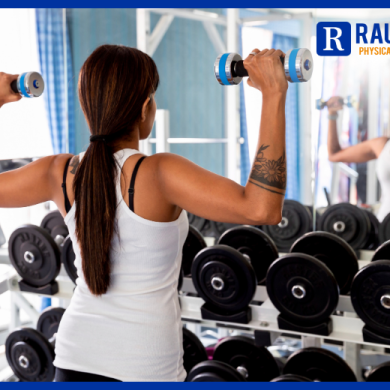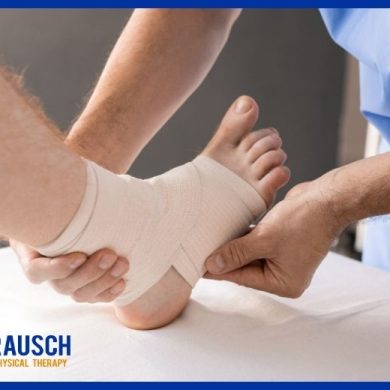At Rausch Physical Therapy and Wellness, we believe that movement is medicine—at every age and every stage of life. That’s why we’re excited to announce our new partnership with Fort Fitness,
4 ways you make running harder than it should be and how to fix them
June 23, 2021 4:12 pm / Category: Dana Point , Running
We are always looking for ways to get faster while running, but instead of looking at the things to make you faster, let’s focus on the things that are slowing you down — and work to minimize their effects.
Sitting too much:
We spend a lot of time sitting: sitting in the car, sitting at work, sitting at school, and sitting in front of the TV. The list goes on and on. Sitting may be comfortable and a useful low energy position, but it can be killing your running ability. By sitting on your glutes, you are deactivating the most powerful and important muscle for running. You are putting your hip flexors in a shortened position which will reduce your ability to extend your hips, another key part of running.
The Fix:
Get up and move!! This is one of the easiest ways to combat too much sitting. Get up and move around every 20 min or so, add some deep squats, lunge anything to get you out of that seated position for a litte. This is where a sit-to-stand desk can come in handy, allowing you to spend time in alternate positions. Also, shoot for a minimum of 5000 steps a day. These can add up quickly: Just walk to places you would otherwise drive to, park a little farther away or go for a short walk during your lunch break.
Slumping while sitting:
As if sitting by itself wasn’t bad enough, we tend to sit in a slumped posture with our heads jutted forward to try and be closer to the computer screen or looking down at a desk all day. This will make everything mentioned above worse, plus it affects your upper body posture. Your head will move forward, which will place more strain on your lower back as you try to hold your “bowling ball” with outstretched arms instead of close and stacked over your pelvis. Your shoulders are rounded which will reduce your ability to complete a natural arm swing motion while both running and walking.
The Fix:
Again, getting up and moving around is the most important fix. No posture is truly bad, the only bad part is how long you stay in any given posture. Check the ergonomics of your desk, and make sure you bring your computer screen towards your face — not your face towards the screen. Stretch your pecs in the doorway or while lying on a foam roll to balance out the rounded posture.
Bad footwear:
Many people spend a lot of time discussing the importance of X or Y type of running shoes and why each one is special or “faster”. But no one really puts much focus on the shoes they wear most of the day. You can wreak havoc on your feet by wearing hard, stiff, lifted heel shoes all day that stiffen up and weaken your feet’s joints and muscles, making it hard for your feet to complete their job as your initial contact to the ground while running.
The Fix:
Try and get shoes with thin and flexible soles that allow your feet to move freely on the ground and adjust to variances in terrain and make the muscles of your feet work. Even better: Try to fit in some barefoot time every day. You can add a little bit of barefoot running in grass or sand to the end of your runs to help your feet remain strong and flexible, allowing you to run better.
You just run to run:
Running is a great way to exercise and improve your overall fitness, but there are many things outside of running you can and should do to prepare yourself to run further, better and faster. Ideally, you get into running with some level of fitness behind you or you build your way slowly and with the proper progressions. Instead, you run the same speed, distance, and/or route over and over.
The Fix:
Get your running form looked at by a professional to optimize your stride and become more aware of how you’re running. It’s also to mix up the distances and paces at which you run to create varying stresses that your body must adapt to in order to make you a stronger and more resilient runner. There are also plenty of great strengthening and alternative aerobic training activities that can greatly improve your running.
Also, remember that physical therapy can also be a preventative approach! A licensed physical therapist can help evaluate and assess you for any mobility restrictions or muscular imbalances and recommend a proper program!
Clay Simons
Did you know there’s no prescription needed from a doctor to see us – but we will communicate your progress and treatment to your doctor if you’d like us to! (949) 276-5401
Disclaimer — All the information that you find on our blogs and social media pages is for informational purposes only and is not intended to be used as your personal professional diagnosis, or treatment. Come and see us for your excellent, personalized care! RauschPT.net







